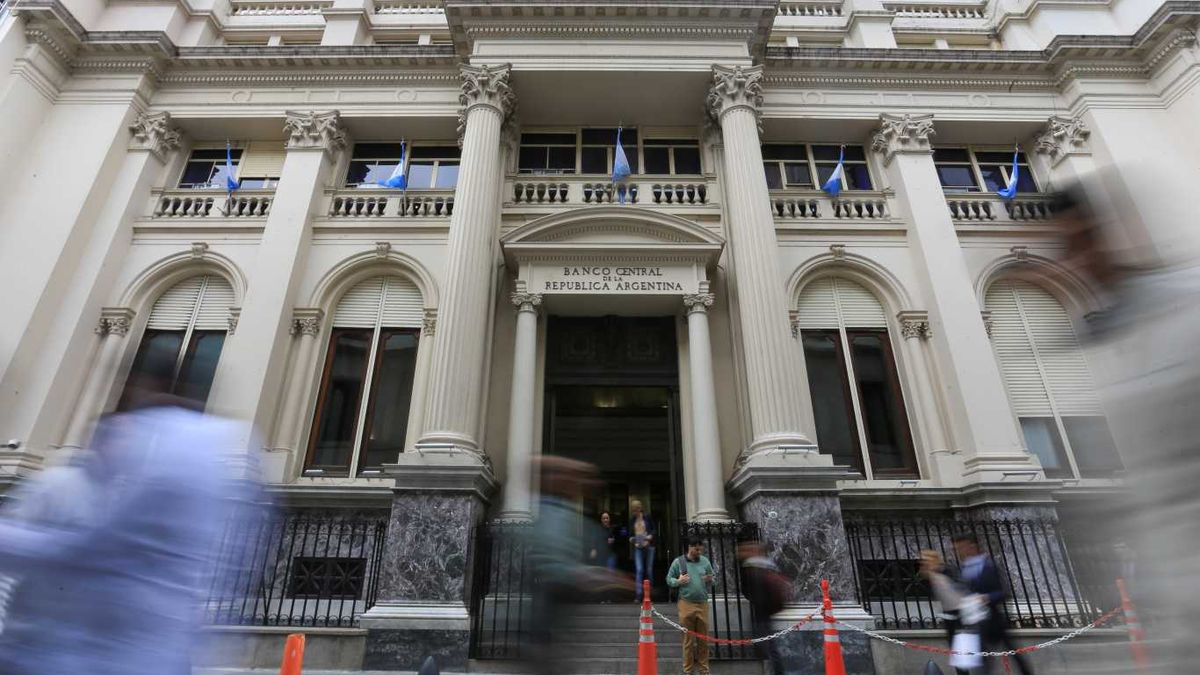Within this framework, the 28-day security transactions represented a nominal volume of $ 829,855 million, while those of the new ones represented an amount of $ 175,190 million.
The figures are relevant, taking into account that in the Leliqs they had been capturing, on average, close to $ 500,000 million weekly in recent months.
The economist of Empiria, Juan Ignacio Paolicchi said that this jump “probably had more to do with the disarmament of Passes than with the rate hike.” “There was $ 1.5 billion that had space to go to Leliqs. It is likely that, little by little, those pesos will be transferred to the Leliqs as the Passes expire.”
In terms of the annual effective rate (TEA), the 28-day Leliq now yields 48.3% and the longest-term 48.9%, against an estimated inflation of 54.8% for 2022, according to participants in the Latest Market Expectations Survey (REM).
It is worth noting that the rate hike also implies a higher fiscal cost for the BCRA in terms of interest maturities on the Leliqs.
In 2021 the interests of remunerated liabilities (Leliqs and Pases), totaled $ 1.35 trillion, while the stock of said liabilities reached $ 4.75 trillion, equivalent to 8.8% of GDP.
The liquidity for the disarmament of Passes can be directed to Leliqs or to Treasury instruments, which is what the Government is looking for. This Wednesday the Ministry of Economy will carry out the first tender of 2022 and the first signs of demand and market interests will be seen.
Source From: Ambito
David William is a talented author who has made a name for himself in the world of writing. He is a professional author who writes on a wide range of topics, from general interest to opinion news. David is currently working as a writer at 24 hours worlds where he brings his unique perspective and in-depth research to his articles, making them both informative and engaging.




